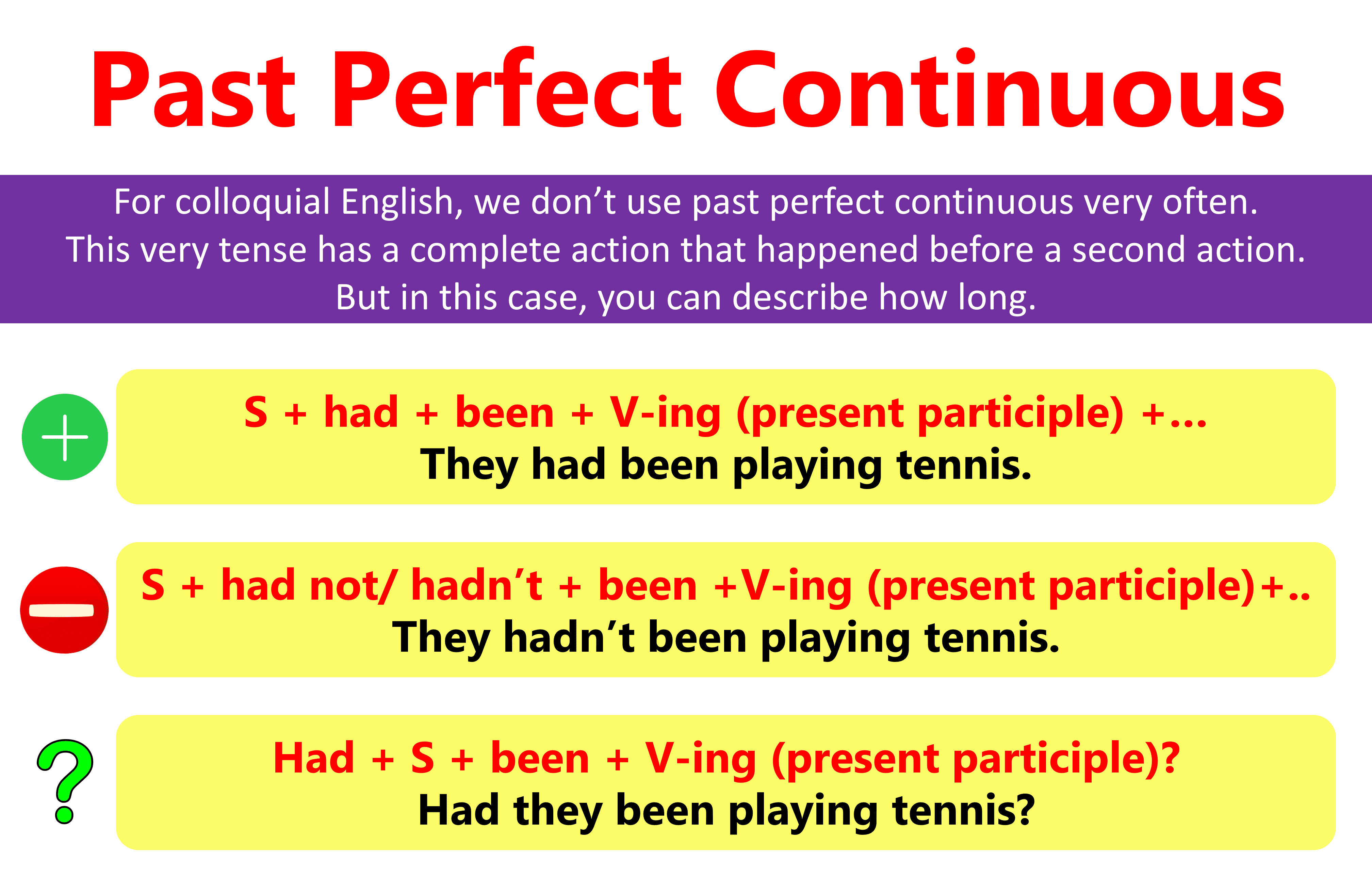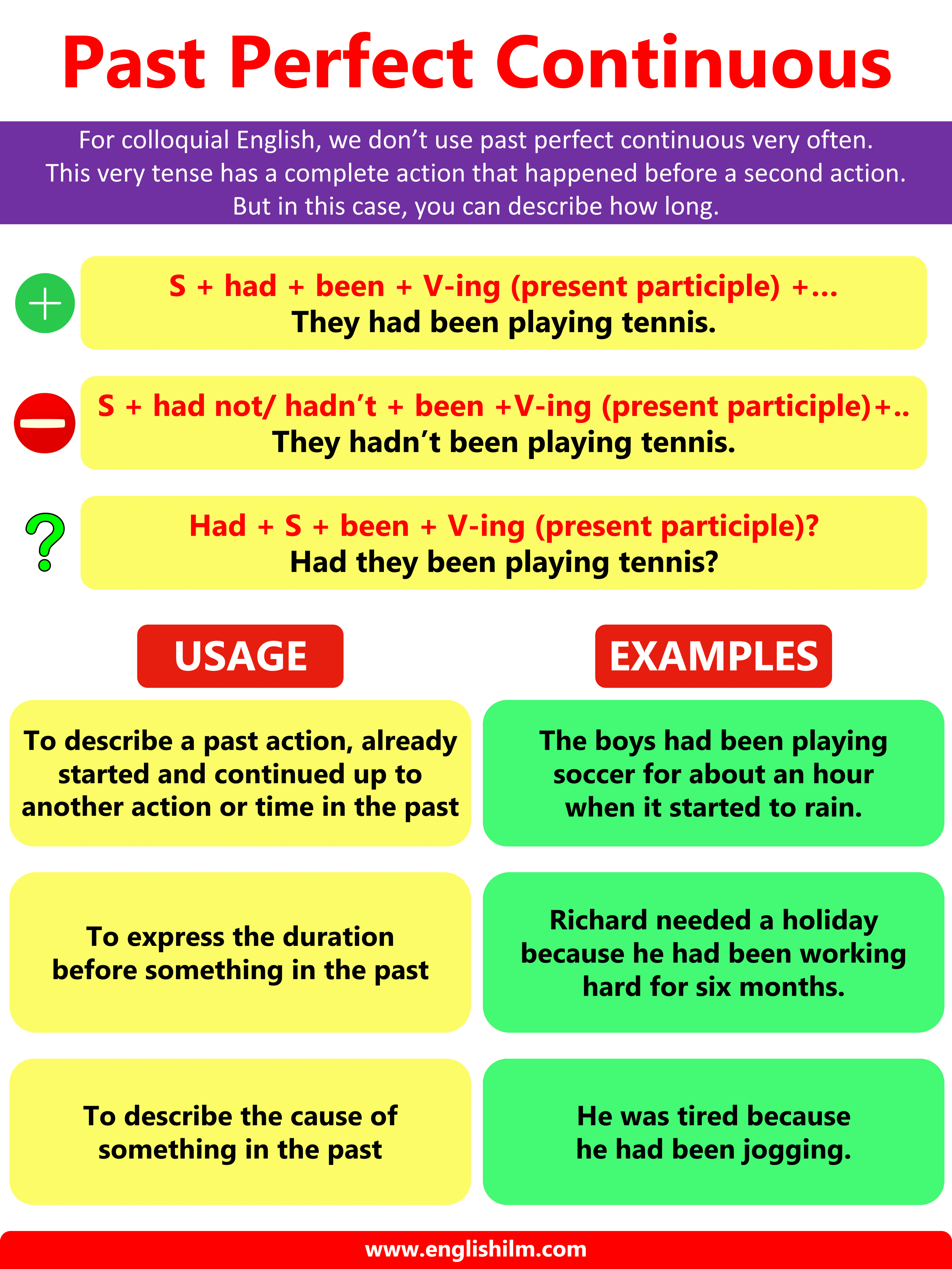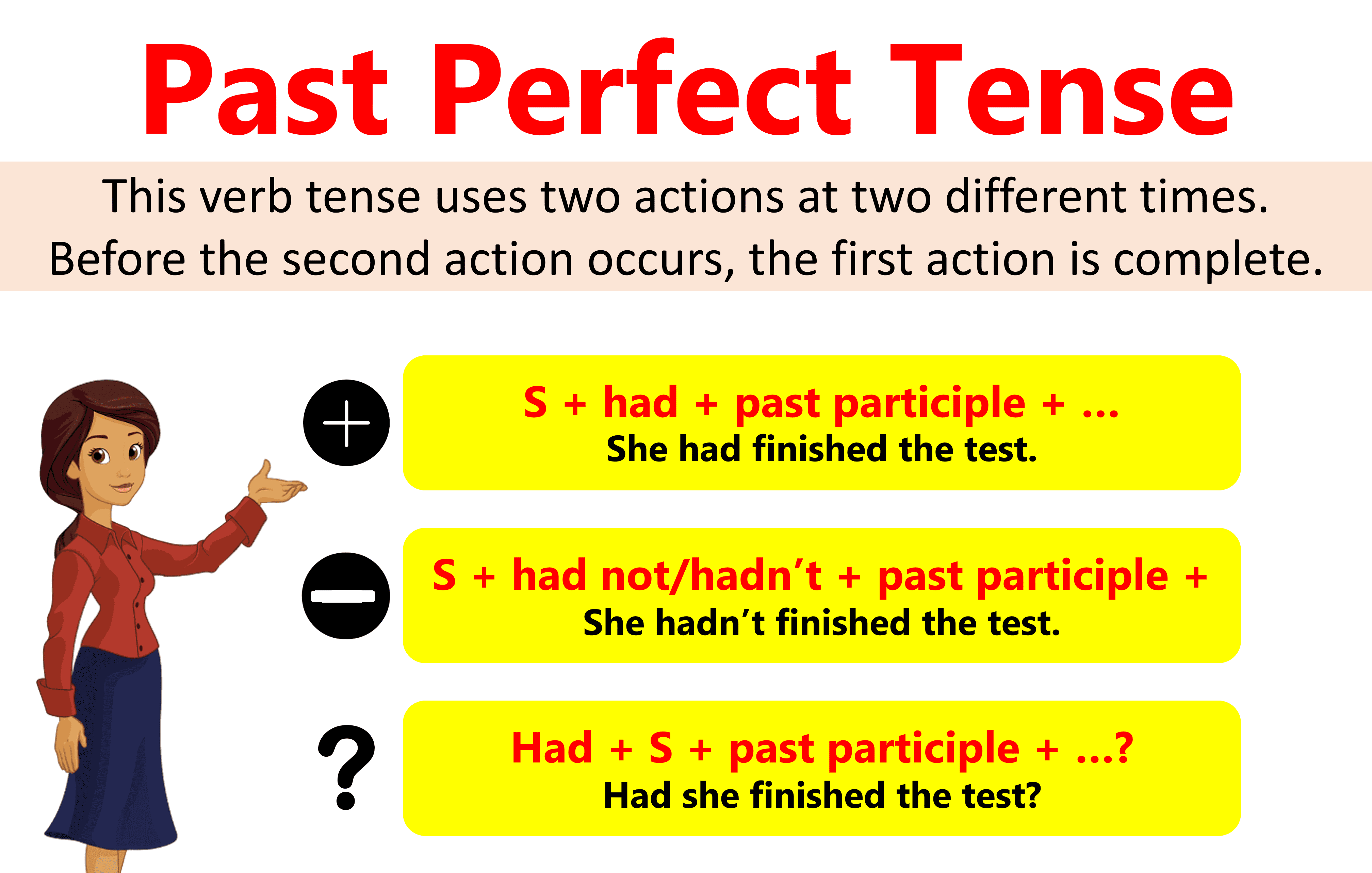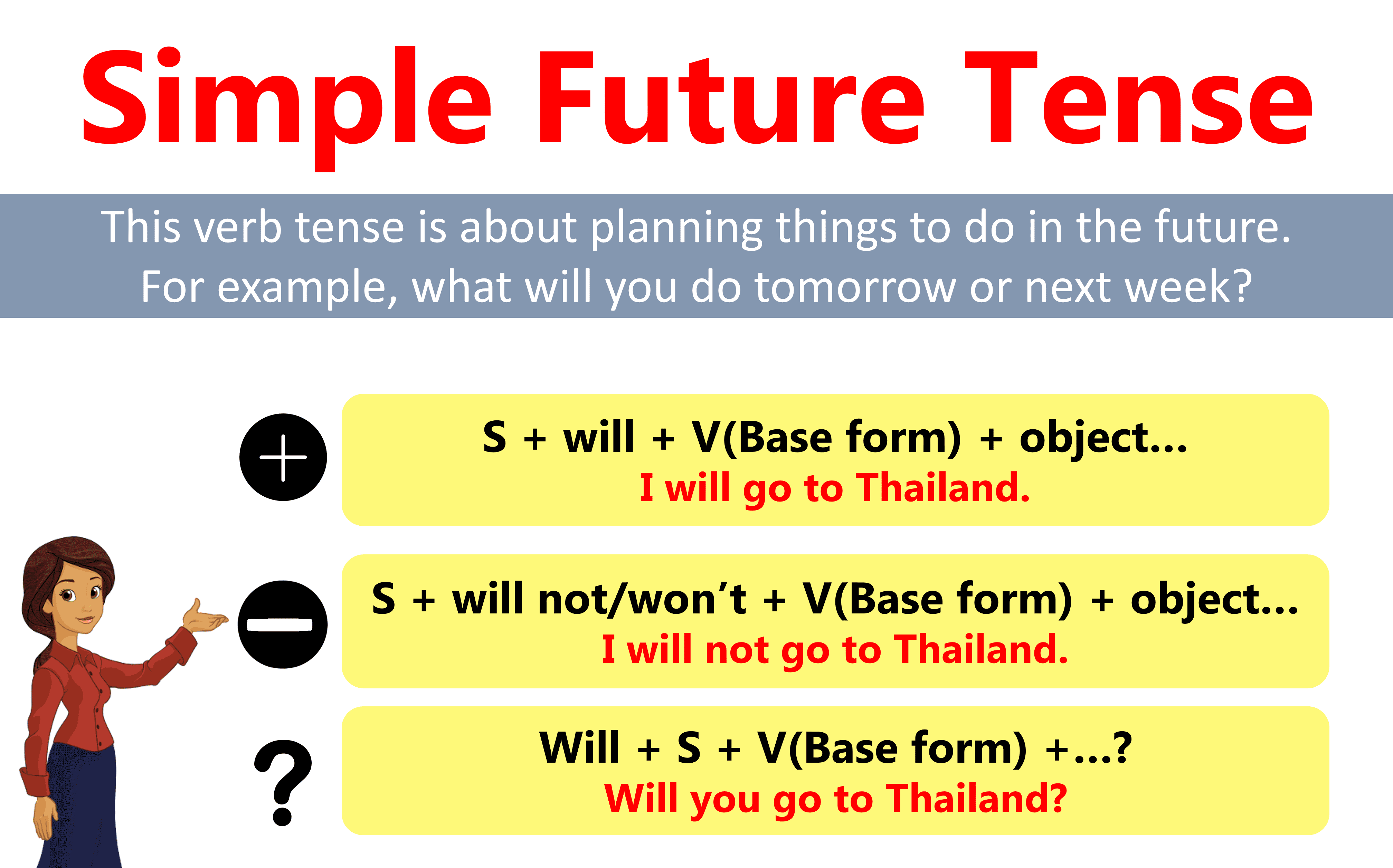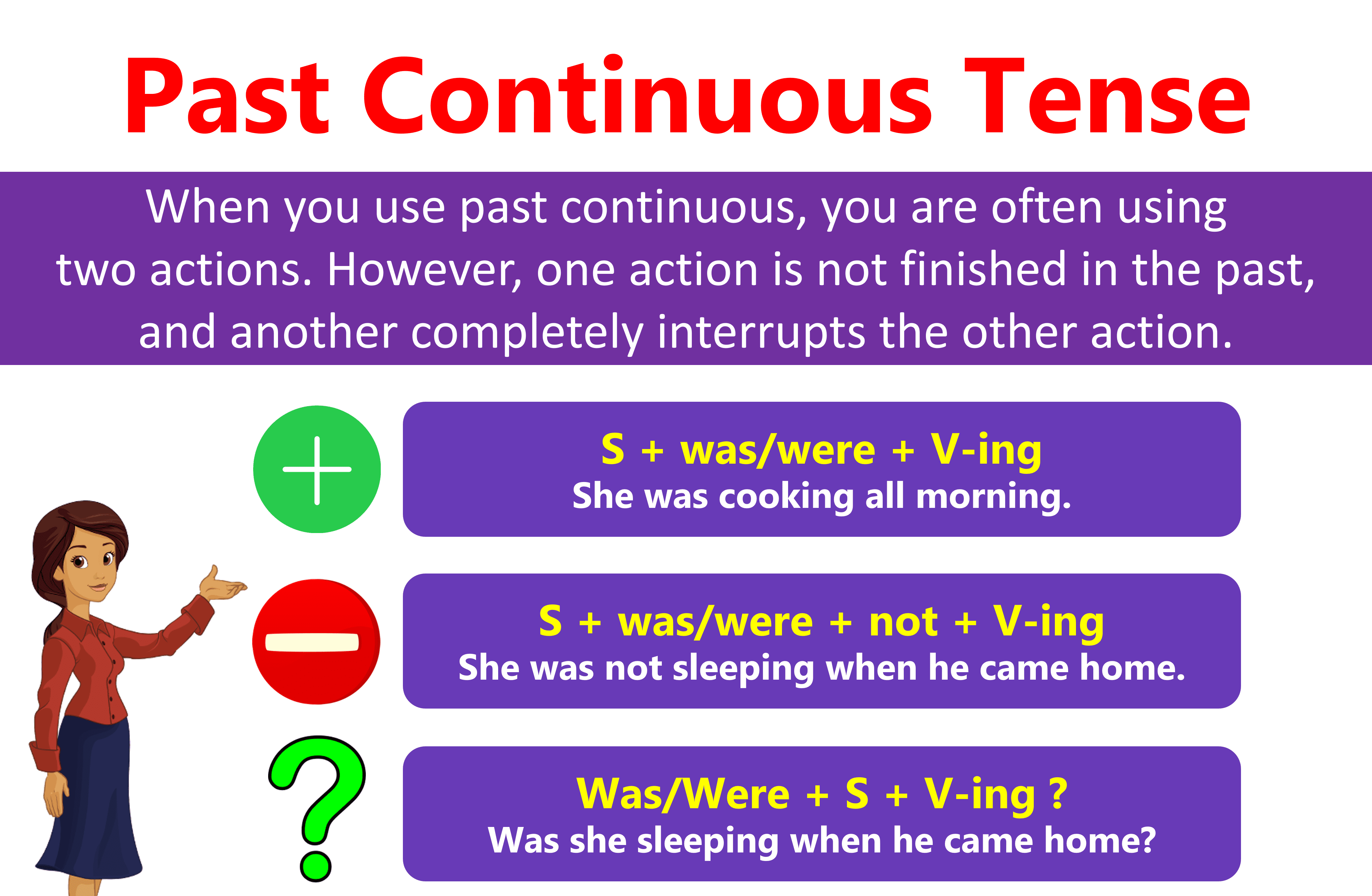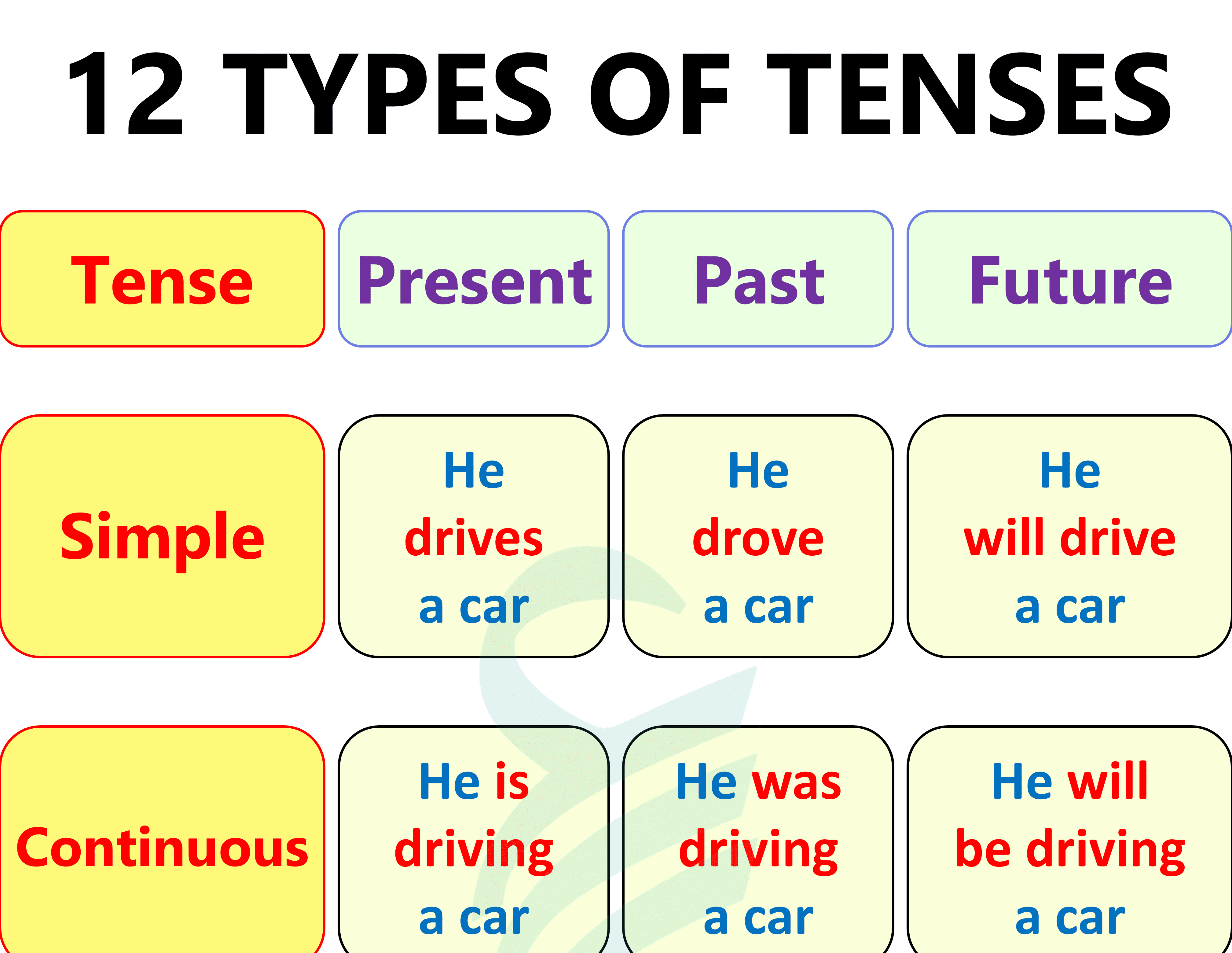In this blog post, you will learn how the past perfect continuous tense is used in English, including its structure and rules. This tense helps describe actions that had been ongoing before a specific point in the past. Understanding this tense will improve your grammar skills and enhance your ability to communicate effectively in English.
What is Past Perfect Continuous Tense?
We don’t utilize the past perfect continuous very often in everyday English. However, it’s a little more common in textbooks. In this extremely tight situation, one action was finished before the start of the next. However, in this instance, you can specify how long.
Past Perfect Continuous/Progressive Examples:
- I, You, We, They, He, She, It: had been traveling for one hour when the car broke down.
The perfect progressive aspect and past tense are combined in the continuous tense. It is created by joining the present participle of the main verb with the past tenses of the auxiliary verbs had, been, and be.
Past Perfect Continuous Tense Structure
Structure for Positive Form:
- S + had + been + V-ing ( the present participle ) +…
Examples:
- They had been eating.
- Sarah had been studying English for months before she finally aced the exam.
- The bakery smelled heavenly because the baker had been baking fresh bread all morning.
- By the time we got to the beach, the kids had been building sandcastles for hours.
- When I called her, Sarah had been waiting for the bus for 20 minutes.
- The dog was exhausted because he had been chasing his tail all afternoon.
Structure for Negative Form:
- S + had not/ hadn’t + been +V-ing ( the present participle ) +…
Examples:
- They hadn’t been eating.
- Sarah hadn’t been studying English for months before she finally aced the exam.
- The bakery didn’t smell heavenly because the baker hadn’t been baking fresh bread all morning.
- By the time we got to the beach, the kids hadn’t been building sandcastles for hours.
- When I called her, Sarah hadn’t been waiting for the bus for 20 minutes.
- The dog wasn’t exhausted because he hadn’t been chasing his tail all afternoon.
Structure for Question Forms:
- Had + S + been + V-ing ( the present participle )?
Examples:
- Had they been eating?
- Had Sarah been studying English for months before she finally aced the exam?
- Had the bakery been smelling heavenly because the baker had been baking fresh bread all morning?
- Had the kids been building sandcastles for hours by the time we got to the beach?
- Had Sarah been waiting for the bus for 20 minutes when I called her?
- Had the dog been chasing his tail all afternoon, making him exhausted?
Example Sentences in Past Perfect Continuous Tense
- I had been writing articles on various topics for three hours.
- He had been reading different kinds of books since morning.
- They had been playing football on that field before it started to rain.
- Jane had been gossiping in the coffee shop for two hours.
- Jeff had been studying in the library before he came to the class.
- We had been shopping in that shop before we came home.
- Had you not been enjoying the concert for three hours?
- I had not been watching the cricket match on television for two hours.
- Richard had been practicing singing the song since morning.
- I had been helping him to do the task before I started the program.
- We had been enjoying the program thoroughly for three hours.
- I had been shopping with my elder brother at the fair since morning.
- He’d been drinking all day.
- It’d been pouring with rain.
- We hadn’t been living there long.
- They hadn’t been studying very hard.
- John was very tired. He had been running.
- I could smell cigarettes. Somebody had been smoking.
- Suddenly, my car broke down. I was not surprised. It had not been running well for a long time.
- Had the pilot been drinking before the crash?
- Also Read: Examples of Verbs in English
Usage of Past Perfect Continuous Tense
Learn how and when to use the Past Perfect Continuous Tense (Past Perfect Progressive) in English:
The Past Perfect Progressive is used:
1. To describe a past action that has already started and continued up to another action or time in the past
Example:
- The teams had been playing cricket for about an hour when it started to rain.
2. To express the duration before something in the past
Example:
- Henry needed a holiday because he had been working hard for five months.
3. To describe the cause of something in the past
Example:
- He was tired because he had been doing office work.
Adverbs of Time
- When
- Before
- By the time
- For
- Since…
Past Perfect Continuous Tense Chart
FAQs about Past Perfect Continuous Tense
1. What is the past perfect continuous tense?
The past perfect continuous tense shows an action that started in the past and continued up until another point in the past. It uses “had been” with the verb + “ing.”
2. How do you form the past perfect continuous tense?
To form the past perfect continuous tense, use “had been” followed by the verb + “ing.” Example: “She had been studying for hours before the test.”
3. When do we use the past perfect continuous tense?
We use the past perfect continuous tense to describe an action that was ongoing for some time before another past event. Example: “They had been walking for two hours before they found the café.”
4. What are examples of past perfect continuous tense sentences?
Examples: “I had been waiting for the bus for 30 minutes before it arrived.” “He had been living in New York before he moved to London.”
5. Can the past perfect continuous tense be used with other tenses?
Yes, it is often used with the past simple tense to show that one action was in progress before another action occurred. Example: “She had been cooking when the guests arrived.”
6. What is the difference between past perfect and past perfect continuous tense?
The past perfect focuses on a completed action, while the past perfect continuous emphasizes the duration of an action. Example: “She had finished” vs. “She had been finishing.”
Read More

